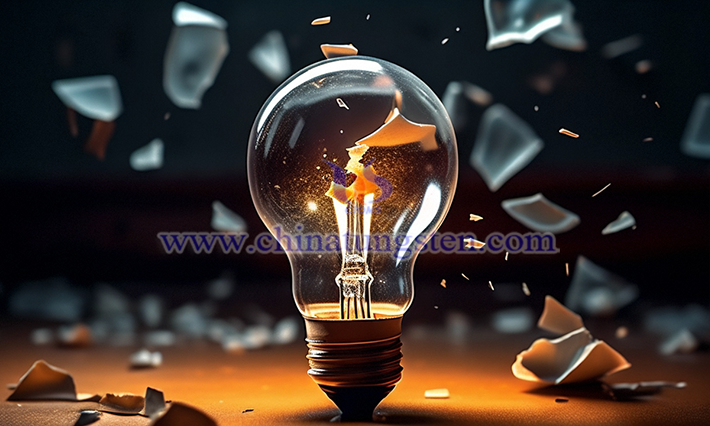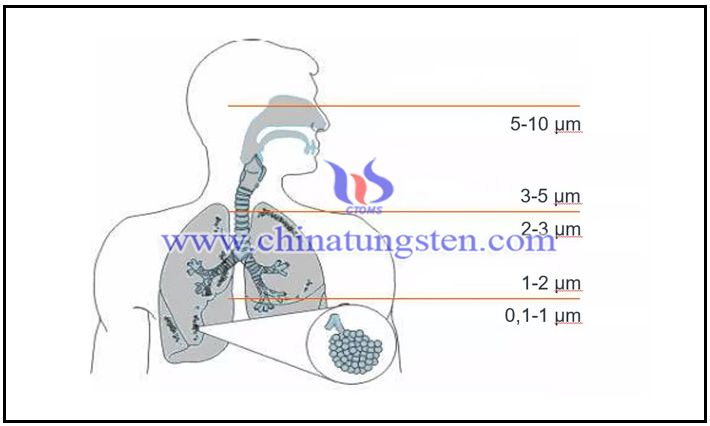Analysis of the Toxicity of Tungsten Diiodide
- Details
- Category: Tungsten Information
- Published on Saturday, 09 September 2023 17:36
A small amount of tungsten diiodide has low theoretical toxicity and will not harm health.
Tungsten diiodide is an inorganic compound commonly found in tungsten iodine lamps. A tungsten iodine lamp is a kind of tungsten halogen lamp, which has the characteristics of small size, long life, and high light efficiency, and is widely used in the field of lighting. A tungsten iodine lamp is filled with iodine elements, and high temperature will be in a tungsten chemical reaction to produce tungsten diiodide, if the outer wall of the bulb is broken at this time, tungsten diiodide will be exposed to a non-vacuum atmospheric environment, need to evaluate its toxicity to a certain extent.

Chemical activity
Theoretically, the toxicity of tungsten diiodide is related to its chemical activity, chemical activity is the ease of occurrence of chemical properties, the greater the activity, the greater the toxicity. According to the chemical properties of its raw materials, tungsten elements tend to be stable, while iodine elements are chemically active. Tungsten diiodide is stable at room temperature, and it will decompose at a high temperature above 2000 °C to produce toxic iodine elements, which brings toxic hazards.
Oxidizing and reducing
At the same time, the toxicity of tungsten diiodide is related to oxidation and reduction, and the stronger the oxidation or reduction, the stronger its toxicity. The valence of the tungsten element in tungsten diiodide is +2, and there are 4 lone pairs of electrons in its outer layer, which has certain reduction and oxidation capabilities. From this point of view, if the content of tungsten diiodide is too high, it will have a certain danger.
Solid particle size
The toxicity of tungsten diiodide is also related to its particle size, for solid powdery substances, the smaller the particles, the greater the dispersion, the stronger the biological activity, and the easier it is to enter the deep respiratory tract. Tungsten diiodide irritates the respiratory tract and eyes when inhaled and causes throat swelling and shortness of breath. Long-term exposure can cause lung disease and thyroid problems. If ingested, it may cause digestive discomfort and toxic reactions.

Therefore, if tungsten iodine lamps are used in life scenes and are exposed to tungsten diiodide, the content is low and air circulation will not cause harm to the human body, but it will damage the lungs and there is a risk of poisoning in a high concentration environment.
- Tungsten Oxide Manufacturer & Supplier, Chinatungsten Online: www.tungsten-oxide.com
- Tungsten News & Prices of China Tungsten Industry Association: www.ctia.com.cn
- Molybdenum News & Price: news.molybdenum.com.cn
- Tel.: 86 592 5129696; Fax: 86 592 5129797; Email: sales@chinatungsten.com



 sales@chinatungsten.com
sales@chinatungsten.com